
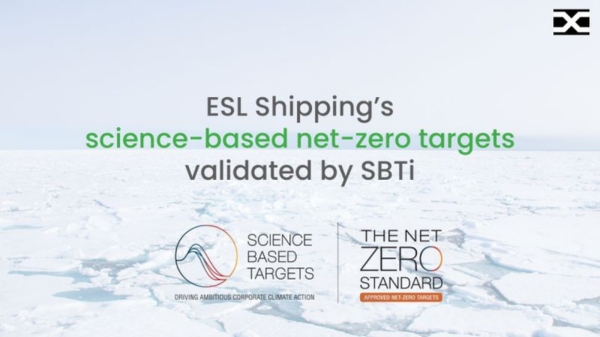
|
ESL Shipping becomes first general cargo firm to secure SBTi validation for net-zero targets
Baltic dry bulk carrier commits to 59.6% emission reduction by 2030, net-zero by 2040. |
|
|
|
||
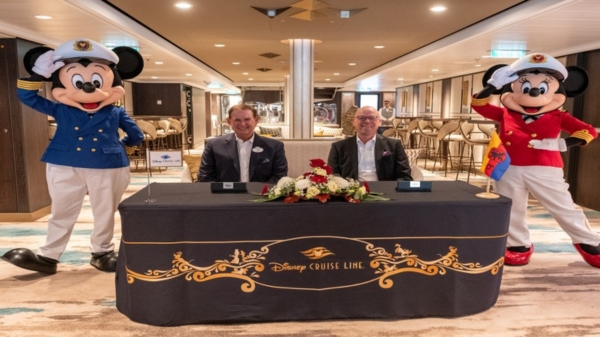
|
Disney takes delivery of LNG-fuelled cruise ship
German shipbuilder hands over sixth vessel built for Disney in long-running partnership. |
|
|
|
||
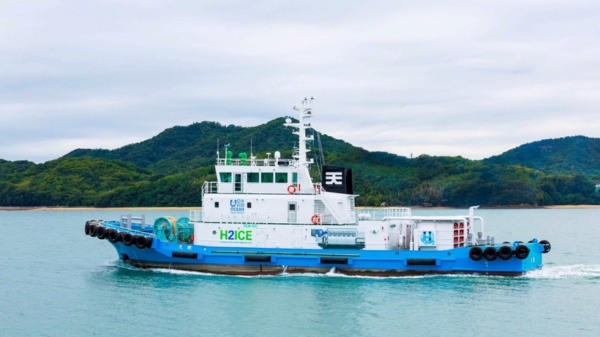
|
Tsuneishi delivers Japan's first hydrogen dual-fuelled tug
TEN-OH tugboat features hydrogen-powered engines and can operate on conventional marine fuel as backup. |
|
|
|
||
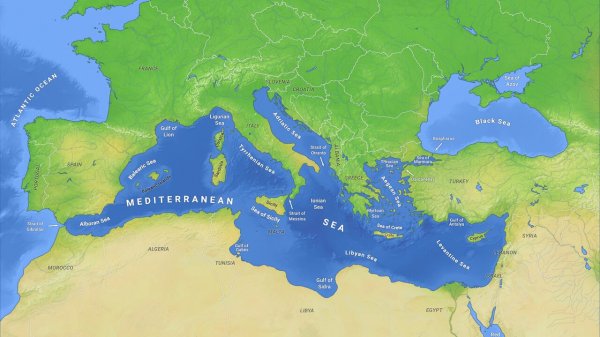
|
Med carbon budget will be exhausted by 2035 without 6% annual emission cuts, study warns
New research shows region needs drastic decarbonisation to meet Paris Agreement targets. |
|
|
|
||
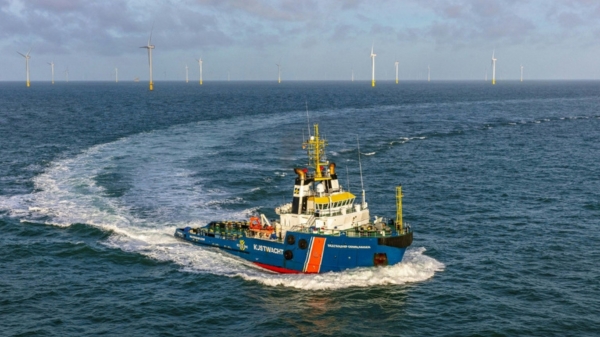
|
Netherlands selects three consortia for electric emergency towing vessel tender
Vessels will be capable of switching from electric propulsion to green methanol during emergency towing operations. |
|
|
|
||
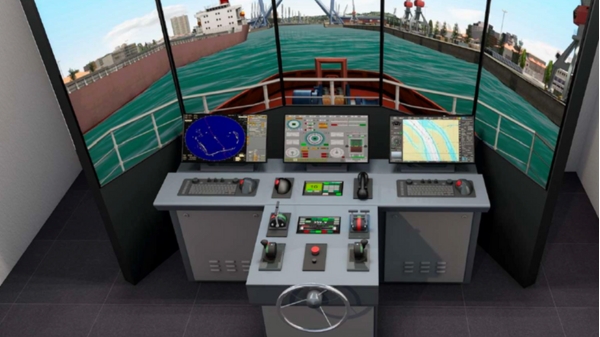
|
Peninsula funds maritime simulation suite at University of Gibraltar
Bunker supplier creates high-tech training facility to support cadet education and professional development. |
|
|
|
||
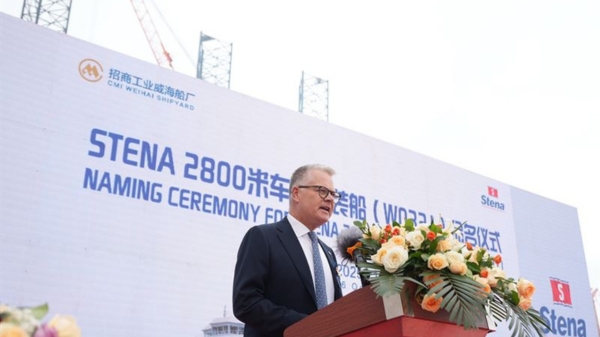
|
Stena Line names new hybrid ferry with methanol capability for Irish Sea route
Stena Connecta uses a multi-hybrid propulsion system enabling the use of battery power, biofuel, and methanol. |
|
|
|
||

|
Malik Supply promotes trainee to bunker trader role
Marcus Møller completes internal training programme. |
|
|
|
||
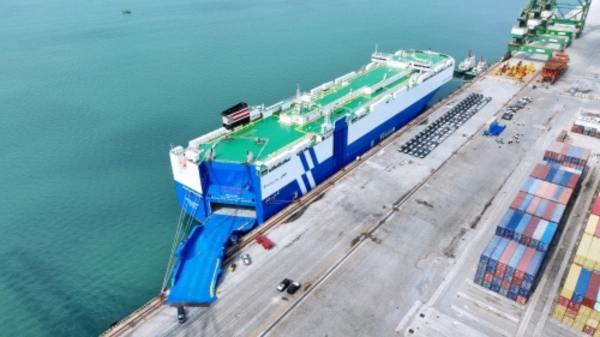
|
Ship deployed for new Middle East route is largest dual-fuel car carrier to berth at Fuzhou
New service cuts logistics time by 50% for Chinese auto exports to Middle East. |
|
|
|
||
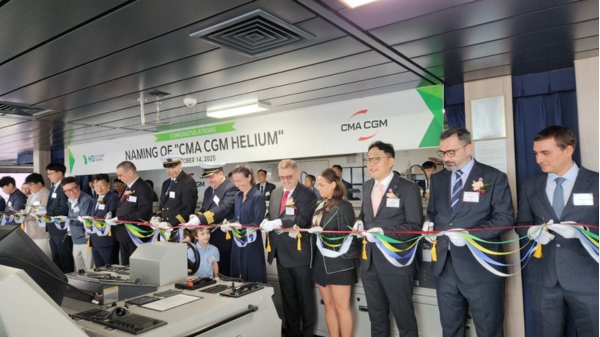
|
CMA CGM names dual-fuel methanol vessel for Asia-Mediterranean service
The CMA CGM Helium has been deployed on the Phoenician Express route connecting multiple regions. |
|
|
|
||
| EUR 76 million funding for LNG break bulk facility [News & Insights] |
| Decision to develop LNG break bulk infrastructure in Rotterdam [News & Insights] |
| Environmental permit granted for LNG terminal in Gothenburg [News & Insights] |
| Gothenburg LNG project moves to next phase [News & Insights] |
| Gate Terminal awards EPC contract [News & Insights] |